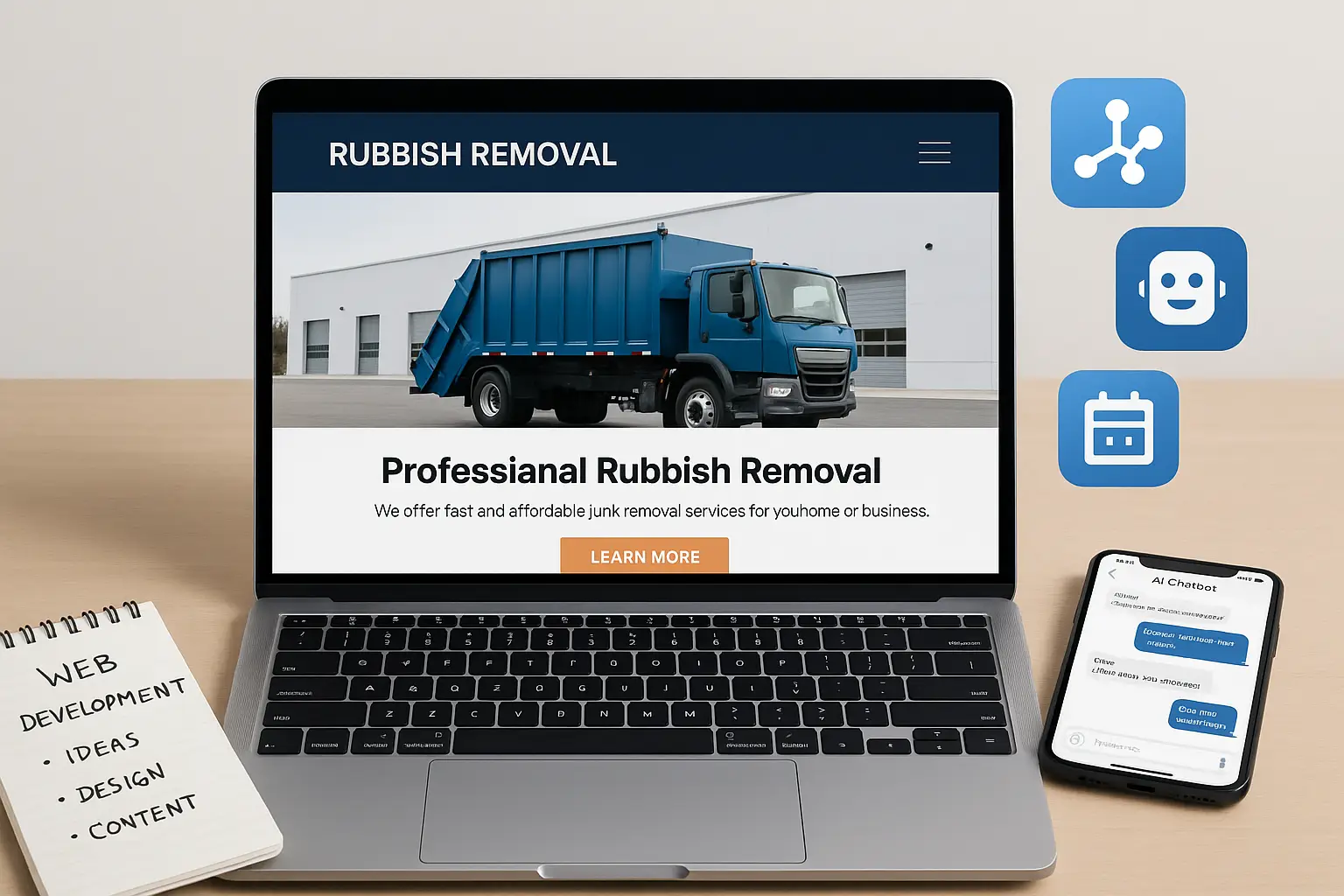The Future of AI Sales
In the modern AI sales landscape, the focus is shifting from simplistic single-use automations to comprehensive AI applications and infrastructures. This evolution is essential for generating real profitability and substantial client value in selling AI systems. Selling single-use AI automations might seem appealing, especially given the prevalence of platforms like Make.com, which promote quick and easy workflows. However, this approach often leads to disappointment, both for sellers and their clients.
Clients are primarily concerned with the outcomes that AI solutions deliver rather than the intricate details of the technology itself. The transformation from simply selling automation to creating comprehensive systems involves building custom user interfaces and enhancing the overall customer experience. Tools such as Vibe coding platforms and Lovable can be utilized to construct these user-friendly dashboards, where clients can track their results in real-time—monitoring metrics like email outreach, responses, warm leads, and booked meetings. This level of insight fosters a sense of transparency and accountability, which is critical for client satisfaction.
The Fallacy of Single Use AI Automations
The misconception that single-use AI solutions can generate significant income often leads aspiring entrepreneurs down an unprofitable path. Instead of relying on these limited approaches, the focus should shift towards developing comprehensive AI applications and infrastructure. This shift is essential because clients prioritize the actual results and user experience over the technical specifics of the AI system being employed.
For instance, the proliferation of automated systems, often pitched as complex solutions built on platforms like Make.com, fail to meet client needs. After earning substantial revenue—over $80,000 in recent months—from selling various automation systems, it became evident that the flashy tools themselves do not attract clients. Instead, what matters most is the client’s experience and the tangible outcomes delivered through these systems.
Building Comprehensive AI Applications
Developing complete AI applications rather than piecemeal systems offers significant advantages, particularly in enhancing client experiences and driving engagement. When you focus on building robust, comprehensive infrastructures, you shift the narrative from merely providing automation solutions to offering integrated systems that deliver measurable results.
One key differentiation is the nature of the products being offered. Clients often seek tangible outcomes rather than overly complex automated solutions. The experience of using those solutions and the results they yield are paramount. For example, instead of a fragmented workflow involving multiple web hooks, databases, and AI agents—often perceived as complicated—creating an intuitive dashboard can summarize all relevant metrics and campaign results in one place. This streamlined user interface not only aids comprehension but also enhances usability.
Designing Custom User Experiences with No-Code Tools
Enhancing client interactions through tailored user interfaces is essential for improving user experience and satisfaction. By leveraging no-code tools like Cursor and Lovable, businesses can create custom dashboards that provide both functionality and visual appeal. The key to this approach is understanding that clients are primarily concerned with outcomes rather than the underlying technology or complexity of the systems employed.
When engaging with businesses that may not have a strong grasp of automation or AI solutions, focus on creating custom user interfaces that simplify their experience while delivering clear results. This involves using no-code tools to build dashboards that present critical metrics such as outreach performance, email open rates, warm leads generated, and booked meetings. By doing so, you elevate the overall customer experience, allowing clients to see exactly what is happening with their campaigns.
Targeting the Right Businesses for Scalability
Identifying the key characteristics of businesses that are ideal targets for AI infrastructure sales is crucial for success in the AI market. The focus should be on businesses that not only have stable revenues but also possess the capacity and willingness to invest in comprehensive AI solutions.
Firstly, it’s essential to recognize that aiming at small businesses—those with less than 25 employees—often leads to complications. These smaller entities are typically more risk-averse and operate on tighter budgets. Many of them may view a $5,000 investment as a significant risk, as it could represent the largest amount they have ever spent on a single solution. Instead, you should aim for medium-sized businesses with a headcount of at least 25 to 50 employees, although ideally, you should target those with 100 or more. Businesses in this range often have at least $100,000 in monthly recurring revenue.
Reverse Engineering Sales Goals: From Leads to Revenue
Calculating sales targets effectively for your clients requires a clear understanding of their revenue goals and lead conversion rates. To present your results compellingly, you need to align these figures with tangible outcomes that resonate with your clients.
Begin by identifying your client’s current revenue and growth ambitions. For instance, if a business generates $2 million in annual recurring revenue (ARR) and aims to grow to $10 million, you need to break down the numbers. Calculate how many new clients are necessary to achieve this. If each client contributes $80,000 to ARR, this means securing an additional 100 clients annually, or approximately 300 sales calls at a 33% close rate.
Creating a White Glove Experience
Providing a white glove service in the realm of AI solutions is essential for distinguishing your offerings in a crowded market. This approach emphasizes not just the technology used, but also the client experience and the tangible outcomes delivered. If you want to attract serious buyers for your AI systems, focus on creating comprehensive applications rather than basic automations.
A substantial cultural shift occurs when you transition from selling single-use case AI automations to presenting a full-fledged AI infrastructure solution. The previous method of pitching a basic automation system often resulted in prospects feeling overwhelmed and hesitant, as they couldn’t foresee the value or potential return on investment. Instead, it is crucial to build custom user interfaces and dashboards that make the underlying technology accessible and understandable to clients.
Moving from Automation to SaaS Offerings
Transitioning from individual automation projects to scalable SaaS models is a strategic move that many entrepreneurs in AI systems should consider. The key to success in this transition lies in developing a comprehensive infrastructure that can support multiple clients effectively, and utilizing programming languages like Python to establish a robust backbone for larger applications is crucial.
A common misconception in the industry is the notion of focusing on single-use case AI automations. Instead, the most successful strategies center around creating AI applications that provide real value through results and customer experiences. When developing your AI system, prioritize creating custom dashboards that allow clients to visualize the results clearly.
Join the AI Agent Community for Continuous Learning
Joining communities like the AI Agent University can provide valuable resources and support for scaling your AI business. The emphasis here is on the networking opportunities and collaborative ventures that can significantly enhance your expertise in the field. This perspective shifts the focus from just selling basic systems to creating more robust solutions that provide greater value to clients.
Tools Mentioned in the Video
- Cursor: A no-code platform that facilitates the creation of sophisticated user interfaces.
- Lovable: Another essential no-code platform for designing engaging applications.
- Make.com: A platform supporting the backend processes for automated workflows.



